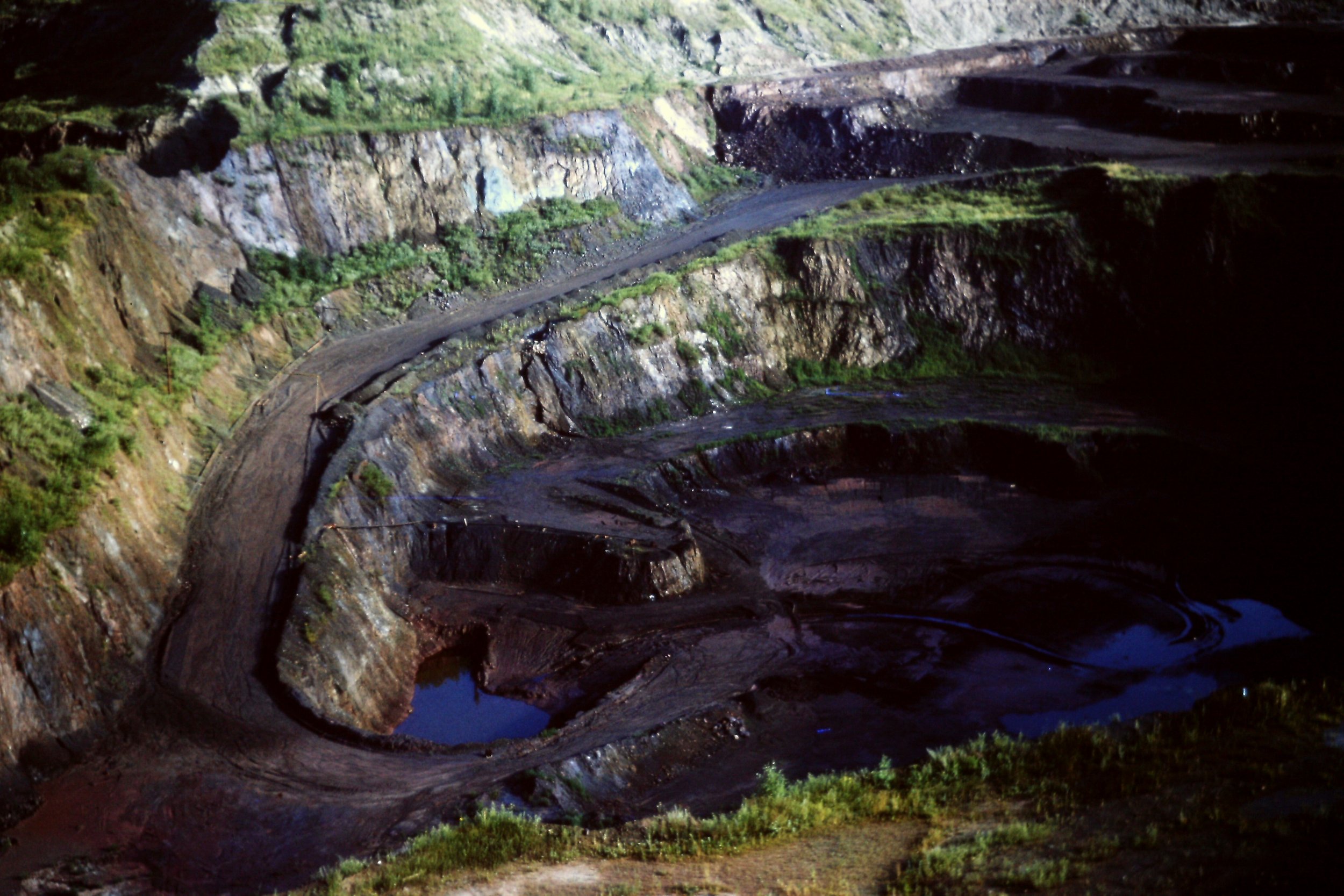Free Emily Mine ViewS in Emily, Minnesota.
As you probably know, the Talon Mine in Tamarack does not exist. But were you aware that there is also no Emily Mine?
There’s more of a connection between these two proposed mining projects than the fact that neither one exists.
While Talon Metals and Rio Tinto are hoping to extract nickel from a sulfide ore in Tamarack (and that’s the kind of mining that has the potential to generate acid mine drainage… a very risky prospect for our water-rich region), the Emily project is a manganese mine.
Both of these metals are designated as “critical minerals” by the United States government, because they are deemed essential to the US economy or for national security.
Sometimes these are now referred to as “energy transition” minerals because they are critical for batteries, solar panels, and other energy production and storage technologies.
There’s a lot more that can be said about the geo-political dimensions of designating a metal as “critical” — and the marketing and lobbying efforts of mining and manufacturing companies who profit from the consumption of these technologies is a big piece of that story.
We could also talk about the energy and climate justice aspects of a transition to “clean energy” that depends on risky mining, and which primarily benefits wealthy western communities at the expense of Indigenous and rural communities around the world.
That includes inside our borders.
But back to the Emily Mine… It is a proposed manganese mine in a very small town in a part of Minnesota known for its lakes and rivers.
This area has been a mining region in the past. Emily is just a dozen mines north of the Cuyuna Range, an inactive iron ore range south and west of the Mesabi Range.
Mining of the Cuyuna Range happened from about 1900 to 1884.
Today, the mine pits and tailings piles are part of a State Recreation area that is a destination for mountain bikers, who use a network of trails that have been built through the old mine pits and overburden piles.
The town of Emily developed as a working-class resort community. We sat down recently with a local resident who is the granddaughter of an iron ore miner who worked on the Cuyuna, and she put it this way:
“Emily was created to be a place where even the families of miners could go to get away … from mining.”
Emily was and is a lake country destination. People live here year-round, but a lot of people also visit Emily in the summer to fish and swim and spend time at the lake with family and friends.
The contrasts and connections between recreation and mining here in Emily and on the Cuyuna Range was the subject of our Emily Mine View pop-up.
We worked with local residents and historical society archives to gather photos from family albums and resorts. These pictures were put onto the viewfinder reels alongside historic images of mining on the Cuyuna Range, and we created a “mini mine tour” that people were invited to take during Celebrate Emily Day.
As people passed by on their way to watch the parade, they were also invited to view images of a new manganese mine in Arizona (the first mining project to receive a fast-tracked permit, and the only other manganese mine in the US) alongside maps of the proposed Emily Manganese project.
Residents in Emily have been organizing to gather and share good information about the proposed Emily Manganese project, and the risks of manganese mining.
You can learn more by visiting their page on Facebook: Emily Mine Information Group.
Here is a post from last year, when the companies affiliated with the Emily Mine and the City of Emily held a community meeting.
And here is an article about the work of EMIG to educate and organize local residents here.
*We are still not affiliated with Talon Metals, Rio Tinto, or Northstar Manganese










